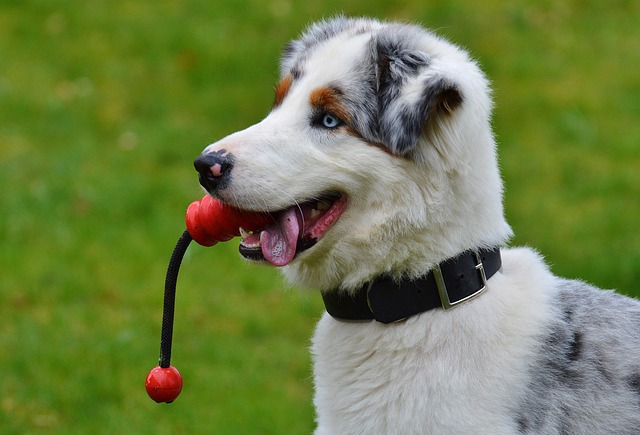
How can I tell if my dog's heatstroke is serious
Let’s be real: It’s a sticky August morning in Los Angeles, and you took your 2-year-old Golden Retriever, Max, for a walk a little later than usual
Beagle puppies have tiny tummies but huge energy—one minute they’re zooming around the living room, the next they’re nuzzling your hand for a snack. That’s why their feeding schedule can’t be the same as an adult dog’s; their bodies are growing fast and need steady fuel. Start by checking their age, though—this is the biggest factor in how often you’ll fill their bowl.
For 8 to 12-week-old Beagle pups, aim for four small meals a day. Think of it like splitting their daily portion into morning, midday, afternoon, and evening feeds—this keeps their blood sugar stable and prevents them from getting too hungry between meals. In places like Oregon or Germany, local animal welfare guidelines often recommend frequent small meals for puppies to support healthy development, so sticking to this helps you stay compliant.
Once your Beagle hits 3 to 6 months old, you can cut back to three meals a day. Try pairing feeds with your daily routine—like right after your morning walk, again after lunch, and one more before bedtime. This not only builds consistency but also uses positive reinforcement, a key behavior theory for training pups. Avoid free-feeding, too—leaving food out all day can lead to obesity, a common issue for Beagles who love to eat anything they can sniff out.
 At 6 to 12 months, two meals a day (morning and evening) will work. By now, your pup’s growth has slowed, and their stomach can hold more food. But keep an eye on their weight—use a measuring cup for each meal instead of guessing. In some European countries, like France, pet owners are required to maintain their dog’s healthy weight to avoid neglect, so this step isn’t just about health—it’s about following the rules too.
At 6 to 12 months, two meals a day (morning and evening) will work. By now, your pup’s growth has slowed, and their stomach can hold more food. But keep an eye on their weight—use a measuring cup for each meal instead of guessing. In some European countries, like France, pet owners are required to maintain their dog’s healthy weight to avoid neglect, so this step isn’t just about health—it’s about following the rules too.
Always choose a high-quality puppy food made for medium-sized breeds like Beagles. Look for labels with real meat (like chicken or lamb) as the first ingredient—avoid brands with too many fillers. Also, skip giving table scraps, even if they beg with those big Beagle eyes. Foods like grapes, chocolate, or onions are toxic to dogs, and in areas like California, feeding harmful foods can be considered a violation of animal welfare laws.
Feeding your Beagle puppy the right number of times doesn’t have to be complicated—it just takes matching their schedule to their age and sticking to healthy habits. By following local guidelines, using portion control, and picking the right food, you’ll help your pup grow into a strong, happy adult Beagle. And before you know it, those frequent feedings will turn into calm mealtimes with your loyal, full-grown companion.

Let’s be real: It’s a sticky August morning in Los Angeles, and you took your 2-year-old Golden Retriever, Max, for a walk a little later than usual

You're enjoying a summer afternoon at the park when you notice your dog has stopped panting and appears disoriented - their gums are bright red

Let’s paint the picture: You’re in your Denver apartment, watching your 4-year-old Boston Terrier, Ruby, plop down mid-play session with her favorite toy

Many dog owners notice their pets nails seem shorter after regular walks,but how much does this daily activity actually help?The answer depends on where you walk—concrete sidewalks or asphalt streets gently file nails as a dog's paws hit the ground

Most dog owners notice their pup scooting across the carpet at some point, but few connect it to impacted anal glands. These small sacs near a dog’s rectum secrete a scent for marking territory

Most vets agree that regular dog teeth cleaning is key to avoiding painful dental issues later. For healthy adult dogs, a professional cleaning at the vet’s office every 12 to 18 months usually works well.